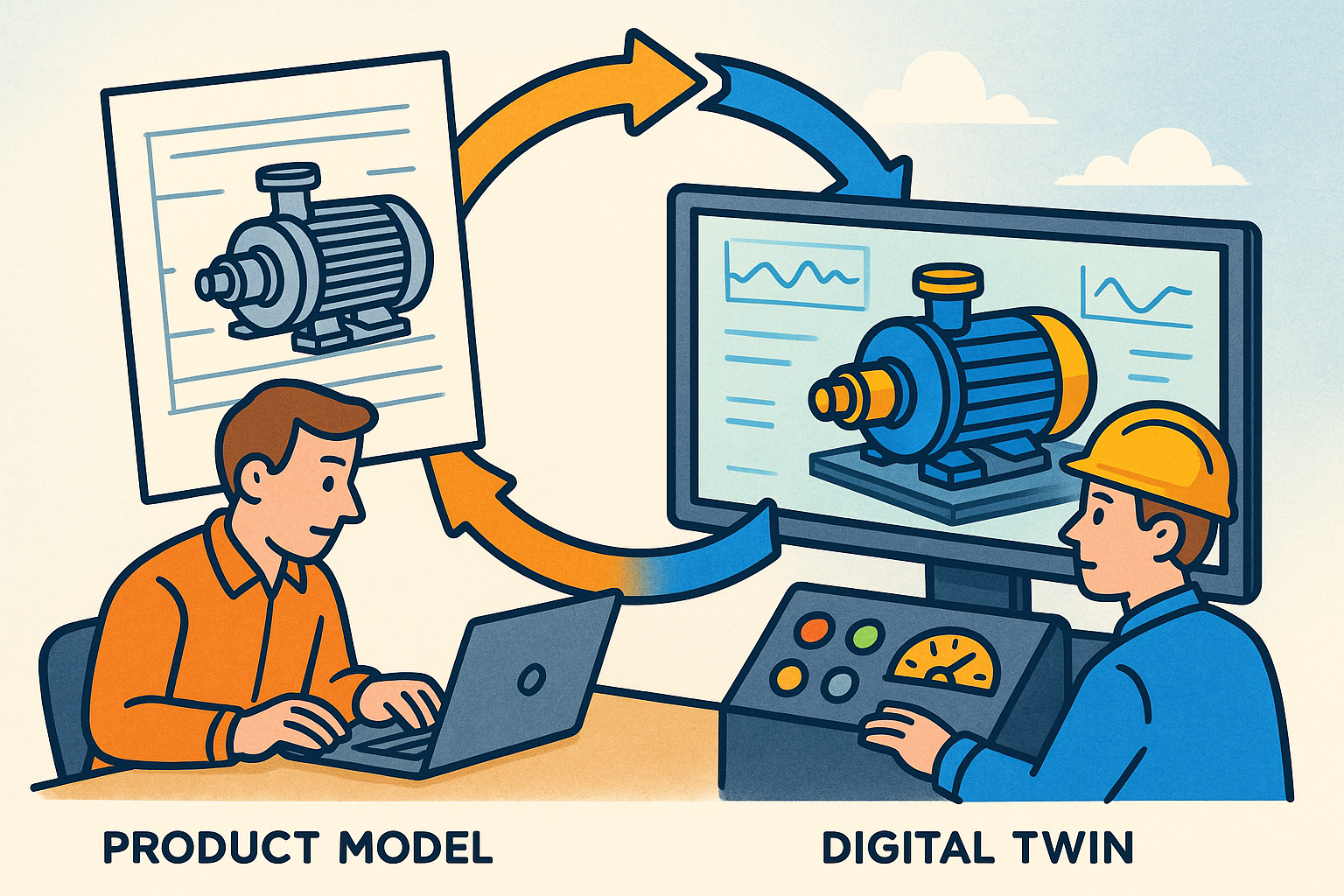Your Cart is Empty
Customer Testimonials
-
"Great customer service. The folks at Novedge were super helpful in navigating a somewhat complicated order including software upgrades and serial numbers in various stages of inactivity. They were friendly and helpful throughout the process.."
Ruben Ruckmark
"Quick & very helpful. We have been using Novedge for years and are very happy with their quick service when we need to make a purchase and excellent support resolving any issues."
Will Woodson
"Scott is the best. He reminds me about subscriptions dates, guides me in the correct direction for updates. He always responds promptly to me. He is literally the reason I continue to work with Novedge and will do so in the future."
Edward Mchugh
"Calvin Lok is “the man”. After my purchase of Sketchup 2021, he called me and provided step-by-step instructions to ease me through difficulties I was having with the setup of my new software."
Mike Borzage
Design Software History: Evolution of CAD File Formats: From IGES to STEP and Beyond in Enhancing Design Interoperability
November 01, 2024 4 min read


Introduction
In the realm of Computer-Aided Design (CAD), file formats serve as the fundamental language through which complex designs are communicated, stored, and manipulated. These formats encapsulate the intricate geometries, surface definitions, and dimensional tolerances that constitute a design, enabling software to interpret and render these elements accurately. The significance of these file formats extends beyond mere data storage; they are pivotal in ensuring that designs maintain their integrity across various platforms and software applications. Interoperability thus becomes a cornerstone in modern design processes, allowing for seamless collaboration among designers, engineers, and manufacturers. The evolution of these file formats, from their rudimentary beginnings to the sophisticated standards of today, reflects the industry's ongoing quest to enhance compatibility and efficiency. This journey chronicles the transition from early standards like IGES to more advanced formats such as STEP, marking significant milestones in the pursuit of universal data exchange in CAD systems.
Early File Formats and IGES
The advent of the Initial Graphics Exchange Specification (IGES) in the late 1970s marked a seminal moment in the history of CAD file formats. Developed under the auspices of the U.S. National Bureau of Standards, now known as the National Institute of Standards and Technology (NIST), IGES was a pioneering effort to establish a standardized method for exchanging graphical data between disparate CAD systems. At a time when proprietary formats dominated the landscape, IGES offered a glimmer of hope for data portability and collaboration. Its development was driven by the need to enable defense contractors, manufacturers, and engineering firms to share complex design data without the loss of fidelity or the need for redundant redesign efforts. IGES allowed for the representation of wireframe models, surface data, and annotations, which, despite being rudimentary by today's standards, were revolutionary at the time. However, as designs grew in complexity, the limitations of IGES became increasingly evident. Designers and engineers faced challenges with the incomplete representation of complex geometries, often resulting in loss of data integrity during file exchanges. Compatibility issues were rampant, as different software vendors interpreted the IGES standard in varying ways, leading to inconsistencies and errors. These shortcomings underscored the need for a more robust and comprehensive standard that could keep pace with the evolving demands of the industry.
The Emergence of STEP
The limitations of IGES catalyzed the development of a new standard, leading to the emergence of the Standard for the Exchange of Product Model Data (STEP). Spearheaded by the International Organization for Standardization (ISO), along with contributions from industry stakeholders and national standards bodies, STEP was envisioned as a comprehensive solution to the interoperability challenges plaguing the CAD industry. Unlike its predecessor, STEP aimed to provide a complete representation of product information throughout its entire life cycle, from initial design to manufacturing and beyond. This ambitious goal required an intricate data structure capable of encapsulating detailed geometric models, material properties, assembly hierarchies, and more. One of the key advantages of STEP over IGES was its ability to support 3D models and assembly data with greater precision and detail. The enhanced data structure of STEP enabled designers and engineers to exchange complex models without significant loss of information, thereby improving collaboration and reducing errors in the manufacturing process. Additionally, STEP facilitated integration with Product Lifecycle Management (PLM) systems, allowing for a more holistic approach to managing product data. This comprehensive capability made STEP an indispensable tool in industries where precision and accuracy are paramount, such as aerospace, automotive, and industrial machinery manufacturing.
Advancements in File Format Standards
Beyond IGES and STEP, the evolution of file formats has continued to address the diverse needs of various design domains. Formats like Drawing Exchange Format (DXF), Stereolithography (STL), and 3D XML have each carved out niches in specific areas of design and manufacturing. DXF, developed by Autodesk, became a widely adopted format for 2D and 3D drawings, particularly in the realm of architecture and construction. STL, on the other hand, emerged as the de facto standard for 3D printing and rapid prototyping, thanks to its simplicity in representing surface geometries through triangular facets. 3D XML offered a lightweight format suitable for web-based applications and collaborative environments. As the industry continued to advance, there was a concerted effort towards open standards and collaborative frameworks to facilitate interoperability across different software and platforms. The Industry Foundation Classes (IFC), for instance, were developed to address the needs of Building Information Modeling (BIM) in architecture, engineering, and construction. Organizations like the American National Standards Institute (ANSI) and ISO played pivotal roles in promoting these standards, ensuring that they kept pace with technological innovations and industry requirements. The ongoing standardization efforts reflect a recognition of the importance of adaptability and collaboration in an increasingly interconnected and multidisciplinary field.
Conclusion
The journey from IGES to STEP and beyond encapsulates the dynamic evolution of CAD file formats in response to the growing complexities of design and manufacturing. These advancements have been instrumental in enhancing collaboration and efficiency within the design workflows, breaking down barriers imposed by proprietary systems, and enabling a more fluid exchange of information across various platforms. Standardized file formats have not only streamlined processes but have also reduced redundancies and errors, leading to cost savings and improved product quality. Looking to the future, the potential for new advancements in interoperability is significant, driven by emerging technologies such as cloud computing and artificial intelligence. Cloud-based platforms offer the promise of real-time collaboration and data accessibility from anywhere in the world, while AI can assist in optimizing designs and automating compatibility checks between different file formats. These technologies could usher in a new era where interoperability is seamlessly integrated into every facet of the design process, further diminishing the friction caused by disparate systems and enhancing the overall efficiency of product development cycles.
Also in Design News

Design Software History: From Interchangeability to Semantic PMI: A History of Tolerancing in CAD
December 27, 2025 12 min read
Read More
Synchronization of Product Models and Digital Twins to Close the Design–Operate Loop
December 27, 2025 12 min read
Read More
Cinema 4D Tip: Turbulence Field for Fast, Art‑Directable Organic Motion
December 27, 2025 2 min read
Read MoreSubscribe
Sign up to get the latest on sales, new releases and more …


